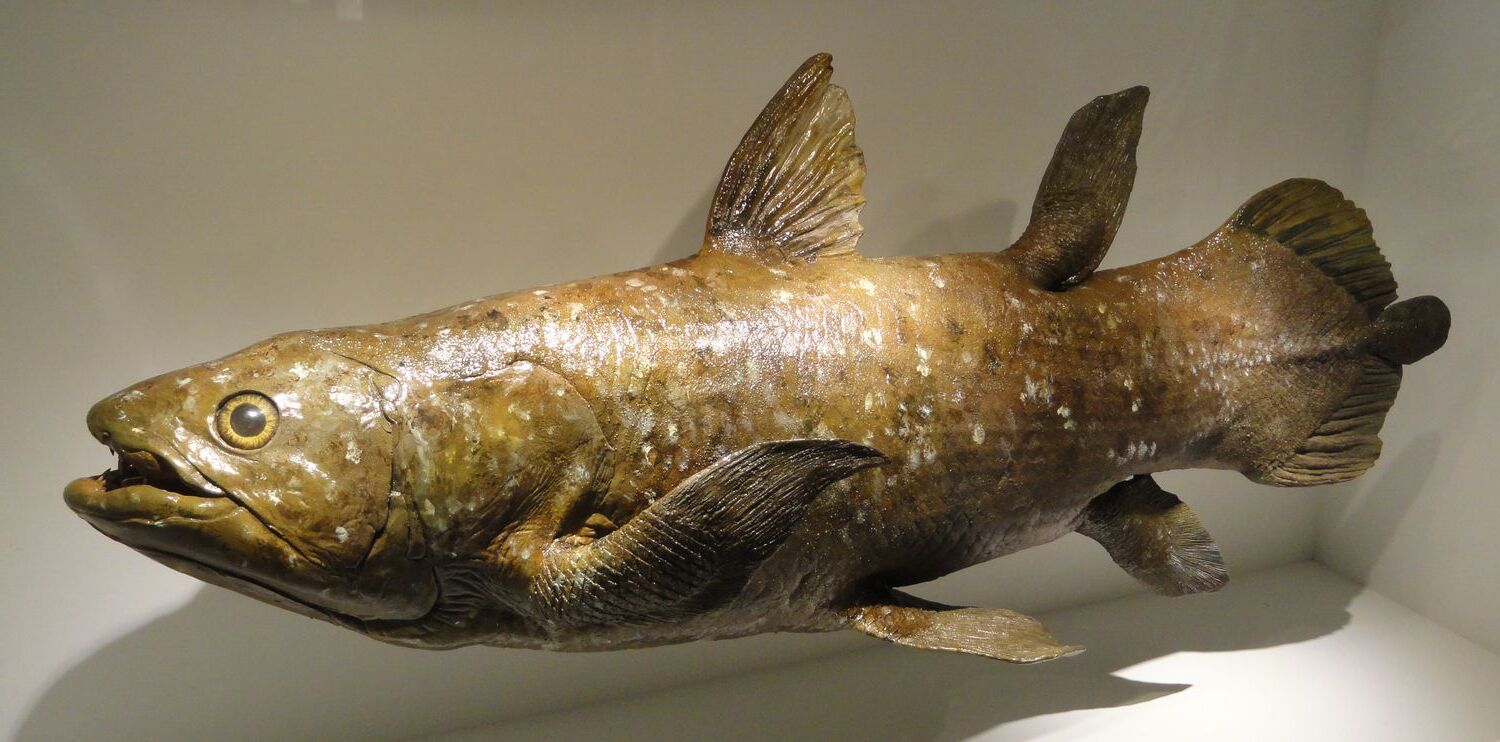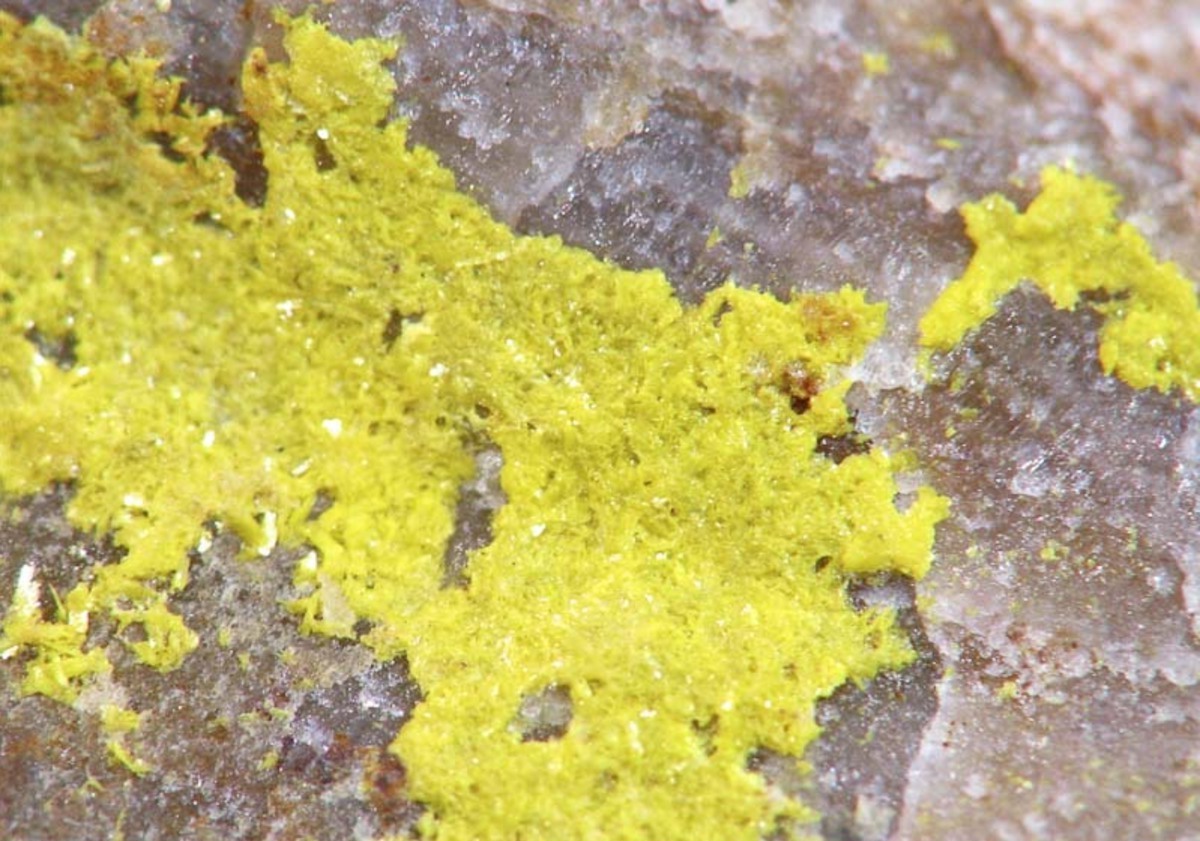
Coelacanths are ancient fish that have fascinated scientists and enthusiasts alike. These mysterious creatures, often called "living fossils," were thought to be extinct until one was discovered off the coast of South Africa in 1938. Coelacanths belong to a group of lobe-finned fish that date back over 400 million years, making them older than dinosaurs. Their unique features, such as lobed pectoral fins and a hinged skull, set them apart from other fish. Despite their ancient lineage, coelacanths remain elusive, residing in deep ocean waters. Learning about these remarkable fish offers a glimpse into Earth's distant past and the resilience of life.
Key Takeaways:
- Coelacanths, often called "living fossils," have survived for millions of years with unique physical traits, slow population growth, and critical endangerment, making them a symbol of resilience and conservation importance.
- The discovery of living coelacanths in 1938 shocked the scientific community, providing valuable insights into vertebrate evolution and inspiring cultural fascination, highlighting the mysteries of the deep-sea world.
Ancient Fish Rediscovered
The coelacanth is a fascinating creature, often referred to as a "living fossil." This fish, once thought extinct, has a rich history and unique characteristics that continue to intrigue scientists and enthusiasts alike.
- Coelacanths were believed to have gone extinct around 66 million years ago, during the same period as the dinosaurs.
- In 1938, a living coelacanth was discovered off the coast of South Africa, shocking the scientific community.
- The name "coelacanth" comes from the Greek words "koilos," meaning hollow, and "akantha," meaning spine, referring to their hollow spine fins.
- Coelacanths belong to the order Coelacanthiformes, which has existed for over 400 million years.
- These fish are more closely related to lungfish and tetrapods (four-limbed animals) than to ray-finned fish.
Unique Physical Traits
Coelacanths possess several distinctive physical features that set them apart from other fish. Their appearance and anatomy are key to understanding their evolutionary significance.
- They have lobed pectoral and pelvic fins, which resemble the limbs of land vertebrates.
- Coelacanths can grow up to 6.5 feet in length and weigh around 200 pounds.
- Their scales are thick and rough, providing protection from predators.
- These fish have a unique hinge in their skull, allowing them to open their mouths wide to catch prey.
- Coelacanths possess a rostral organ in their snout, which is believed to help them detect electrical signals in the water.
Habitat and Behavior
Understanding the habitat and behavior of coelacanths provides insight into how these ancient fish have survived for millions of years.
- Coelacanths are typically found in deep, dark waters, often at depths of 500 to 800 feet.
- They prefer volcanic slopes and caves, where they can hide from predators and ambush prey.
- Coelacanths are nocturnal hunters, feeding primarily on small fish and cephalopods.
- These fish are known to be slow swimmers, using their lobed fins to "walk" along the ocean floor.
- Coelacanths have a low metabolic rate, which helps them conserve energy in their deep-sea environment.
Reproduction and Lifespan
The reproductive habits and lifespan of coelacanths are as unique as their physical traits. These aspects of their biology contribute to their status as living fossils.
- Coelacanths are ovoviviparous, meaning they give birth to live young that develop inside eggs within the mother's body.
- Females carry their young for about three years before giving birth, one of the longest gestation periods of any vertebrate.
- A typical litter consists of five to 25 pups, each about a foot long at birth.
- Coelacanths are believed to live up to 60 years, although some estimates suggest they could live even longer.
- These fish reach sexual maturity at around 20 years of age, contributing to their slow population growth.
Conservation Status
Despite their ancient lineage, coelacanths face modern threats that put their survival at risk. Conservation efforts are crucial to protect these remarkable fish.
- Coelacanths are listed as critically endangered by the International Union for Conservation of Nature (IUCN).
- Their primary threats include accidental capture by deep-sea trawlers and habitat destruction.
- Conservationists are working to establish marine protected areas to safeguard coelacanth habitats.
- Research and monitoring programs are essential to understanding coelacanth populations and their needs.
- Public awareness campaigns aim to educate people about the importance of preserving these ancient fish.
Scientific Significance
The discovery and study of coelacanths have provided valuable insights into the evolution of vertebrates and the history of life on Earth.
- Coelacanths are considered a "living link" between fish and tetrapods, helping scientists understand the transition from water to land.
- Their unique anatomy offers clues about the development of limbs and lungs in early vertebrates.
- The study of coelacanths has led to advancements in fields such as paleontology, evolutionary biology, and genetics.
- Coelacanth fossils have been found on every continent except Antarctica, indicating their widespread distribution in ancient times.
- The genetic makeup of coelacanths has remained relatively unchanged for millions of years, providing a window into the past.
Cultural Impact
Coelacanths have captured the imagination of people around the world, inspiring stories, art, and scientific curiosity.
- The discovery of a living coelacanth in 1938 was considered one of the greatest zoological finds of the 20th century.
- Coelacanths have been featured in documentaries, books, and museum exhibits, highlighting their significance.
- Some cultures regard coelacanths as symbols of longevity and resilience due to their ancient lineage.
- The coelacanth's rediscovery has inspired numerous scientific expeditions to explore deep-sea environments.
- These fish continue to be a source of fascination and wonder, reminding us of the mysteries that still lie beneath the ocean's surface.
The Marvel of Coelacanths
Coelacanths, those ancient fish, have fascinated scientists and enthusiasts alike. Their unique anatomy, including lobed fins and a hinged skull, sets them apart from modern fish. These "living fossils" provide a glimpse into prehistoric times, surviving for millions of years with little change. Found in deep ocean waters, coelacanths are elusive, making each sighting a significant event. Their discovery in 1938 was a monumental moment in marine biology, proving that some ancient species still thrive today. With their slow metabolism and long lifespan, coelacanths challenge our understanding of fish biology. Conservation efforts are crucial to protect these remarkable creatures from threats like habitat destruction and overfishing. By studying coelacanths, we gain insights into evolutionary history and the resilience of life. These fascinating fish remind us of the ocean's mysteries and the importance of preserving its wonders.
Frequently Asked Questions
Was this page helpful?
Our commitment to delivering trustworthy and engaging content is at the heart of what we do. Each fact on our site is contributed by real users like you, bringing a wealth of diverse insights and information. To ensure the highest standards of accuracy and reliability, our dedicated editors meticulously review each submission. This process guarantees that the facts we share are not only fascinating but also credible. Trust in our commitment to quality and authenticity as you explore and learn with us.


